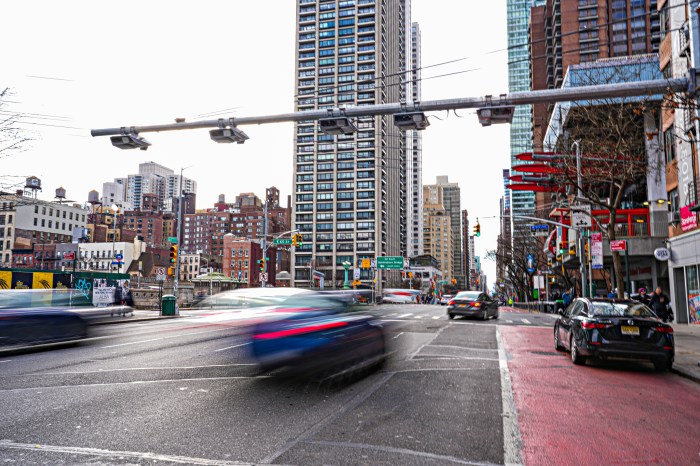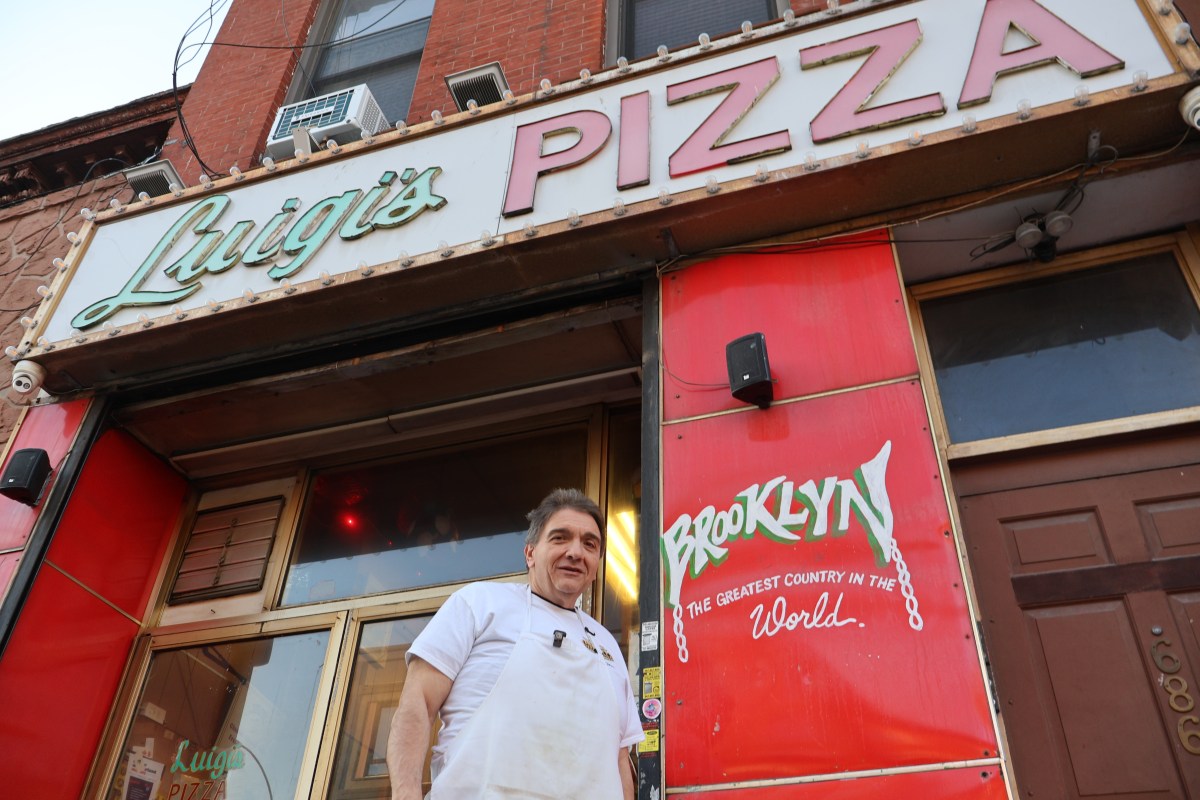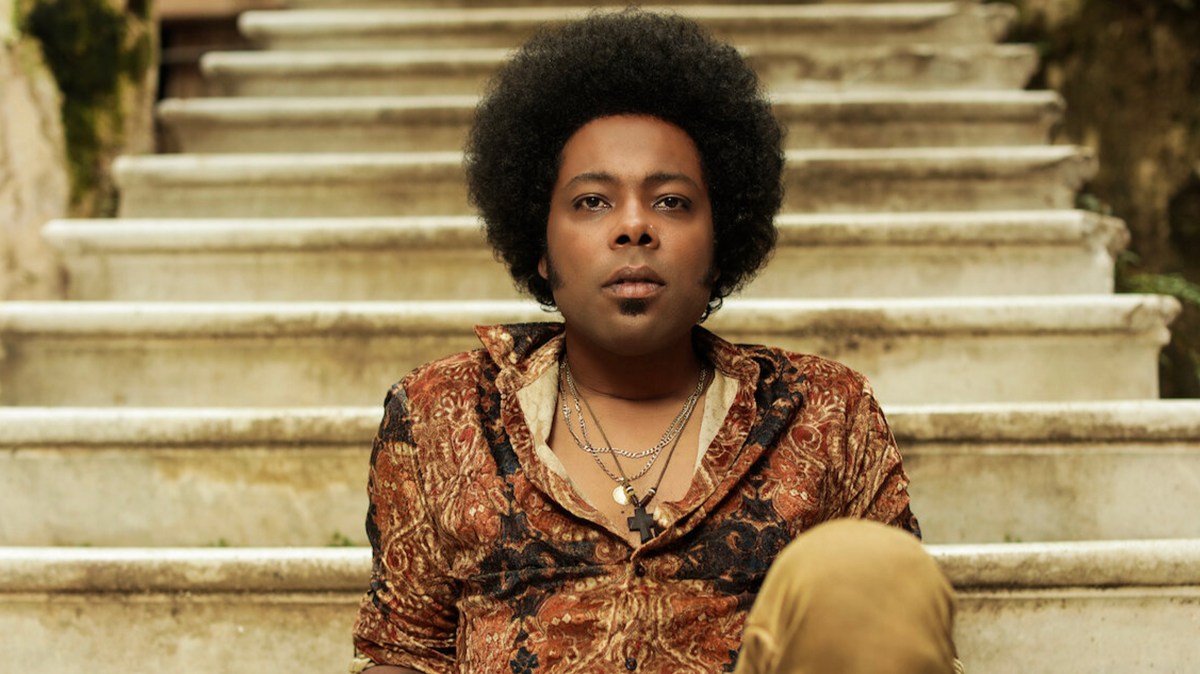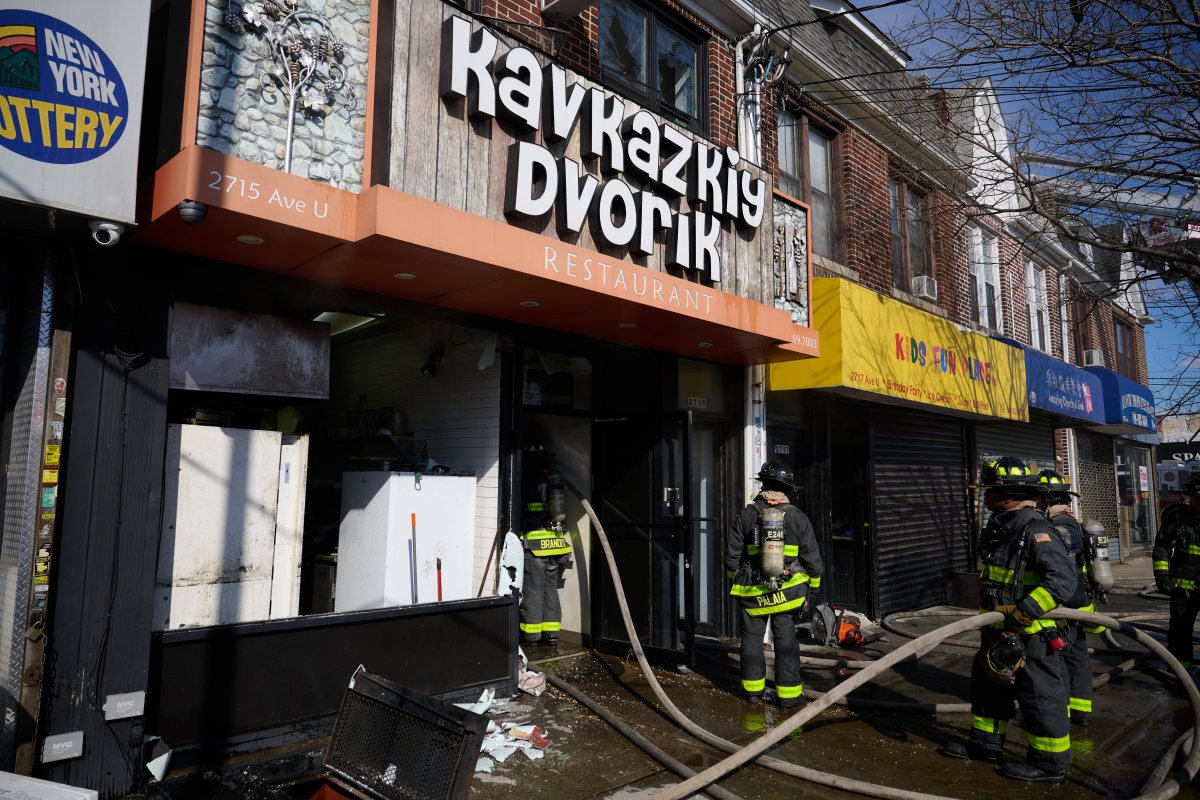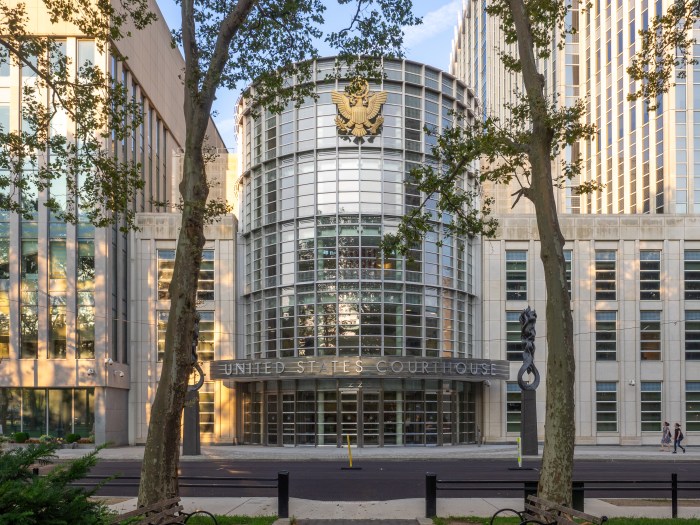
As subway service drops, the tweets spike.
The MTA has seen a huge uptick in callouts through social media over the course of the past year as riders navigate service changes or vent about a long train delay.
There were 36,760 social media mentions of the MTA this past May, a 121.9 percent increase from the 16,565 mentions recorded during May of last year.
Sarah Meyer, the MTA’s new chief customer officer, welcomed the tweets and other interactions. She credited the rise in mentions mainly to the rollout of free Wi-Fi underground, which hit most of the subways by early 2017, as well as to the agency’s increased focus on using social media to inform riders.
“On social, the majority of our customers are tweeting about real-time service issues and we know that there’s been a lot of work in the system — both planned and unplanned — but my team and I are personally advocating on our customers’ behalf to make their travel faster and easier, putting out thousands of proactive alerts,” Meyer said at the MTA board’s transit committee meeting on Monday, where she unveiled new monthly commuter feedback data on complaints and rider engagement.
The MTA sent 9,188 responses to the more than 36,000 social media mentions last month. But for riders who feel like they’re just shouting into a void from a dark subway tunnel — and despite the vulgarity with which those riders often use to articulate their delays — Meyer said all the tweets and Facebook posts were valuable to those who track real-time service from the MTA’s Rail Control Center and to those who work at improving subway and bus service.
“Our customers are also an amazing sort of Q-A feedback loop for us in the Rail Control Center and to give feedback to our partners at Subways and Buses and paratransit,” Meyer said. “We welcome and ask our customers to keep reaching out to us.”
Hiring Meyer this March was one of the recent ways in which the MTA has sought to improve rider morale and communication. The authority has hosted a series of Twitter question-and-answer sessions and conducted a Facebook Live video last week with NYC Transit president Andy Byford. Last fall, the MTA dropped “ladies and gentlemen” from subway announcements to be more inclusive.
More generally, the MTA’s beleaguered Access-A-Ride service overwhelmingly received the most complaints compared to the number of trips. This May, Access-A-Ride commuters logged 444.9 complaints per 100,000 trips. Bus service followed as a distant second, with 7.58 complaints per 100,00 trips, while the subways elicited 2.1 complaints.
As riders waited for their trains in the 34th Street-Herald Square station, some were appreciative of the work the MTA is doing to get information out through social media.
“Whenever there are delays, I usually go straight to Google and type in ‘5 train MTA’ and oftentimes it links me to their Twitter account, which is very fast to update riders on delays or if somebody is stuck on the tracks,” said Adam Rasic, 32, a concierge from Manhattan.
But there is obvious room for improvement. Marium Malik, 28, a pediatric doctor from Brooklyn, wasn’t aware that the MTA had its own app with real-time subway information. (The MTA is working toward replacing the app with a better version). And while tweets read crystal clear, in-station or in-train announcements are still muddled.
“The weekends are especially bad,” Malik said, “and when the overhead announcement isn’t clear enough, I usually end up just asking around in person like ‘Did you hear that?’ or ‘What’s happening?’”
Others were hoping the MTA and Transit Wireless, the company overseeing the free Wi-Fi, would soon expand the service into tunnels.
“The free Wi-Fi is a little helpful, but not 100 percent useful because it only works in the stations and not between stations,” said Ana Reichenbach, 29. “If I’m doing research and need to open a website, it’s only there for ten seconds or so and disappears. It would be good if I could use it through the entire commute.”






